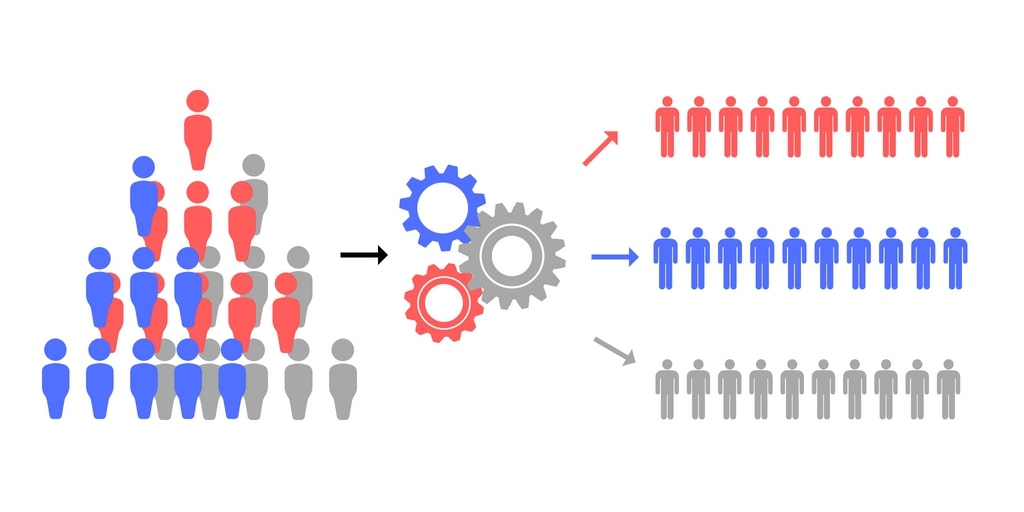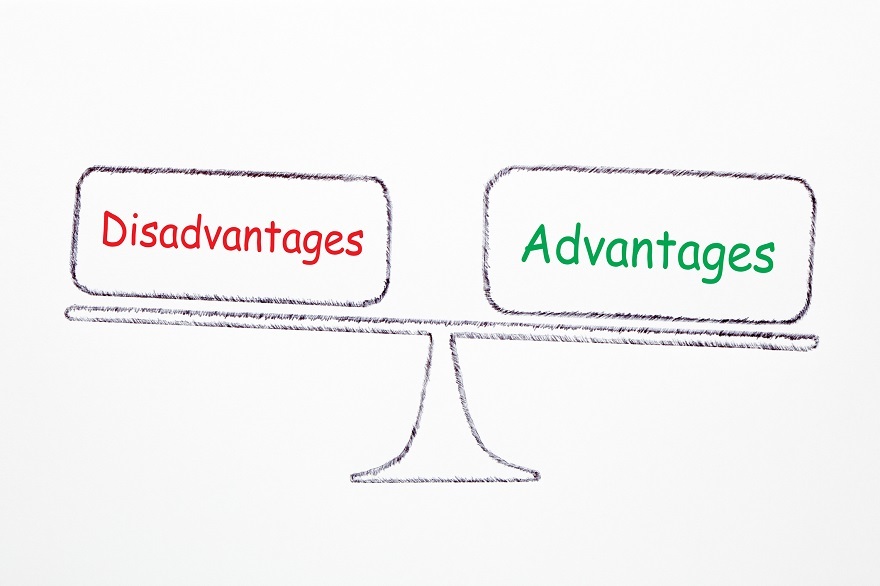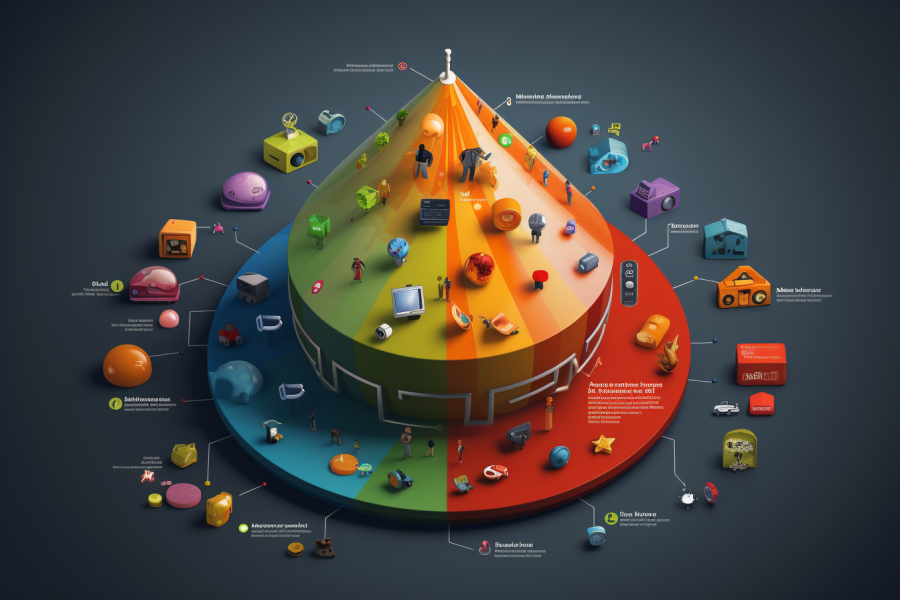share
In the age of the world wide web and instant access, internet marketing is the most important aspect of the success of your business venture. For a product line or a service to succeed in the new online market space, it needs to be supported by an efficient marketing strategy. This, on paper, isn’t that surprising, but you would be shocked to know how hard this is to accomplish in practice. With the number of marketing strategies floating around on the internet, you would think people have found out all the most efficient ways to market products to consumers, but in reality, a lot of marketing campaigns flop due to inefficient management of scope, message, and other parts of an advertisement.

To add to this, the marketing ecosystem is ever-evolving, continuously building and innovating itself to reach greater heights and newer horizons. In recent years, a peculiar trend has been established: companies and businesses worldwide are considering multi-segment marketing strategies to yield better revenue. In this article, we will define these strategies and describe the advantages and disadvantages of using them. Read below to learn more about the multi-segment marketing strategy!
Marketing in Multiple Segments

Before diving deeper into the topic, we need to establish a few basic concepts you should know about. The first step to becoming acquainted with this topic is to learn what market segmentation is in general. Market segmentation, at its core, is basically a process of dividing people into consumer groups based on a myriad of different characteristics. These groups or segments can be described by an age group, racial demographic, or similar behaviors.
Deriving from this, we can infer that multi-segment marketing is the practice of dividing a business’s target audience and creating more personalized advertisements based on what these divisions have in common.
This tactic can be used when marketing a single product as well as when marketing two or more different products. With the added personalization inherent to this method of advertising, you are able to market the same item to more than one demographic within your target audience. In turn, this tactic additionally allows for better segmentation of audiences and easier comprehension of consumer preferences of two or more groups for which you intend to market two or more different products.
Is Dividing Your Target Audience Right for Your Business?

Like with any marketing strategy, multi-segment marketing doesn’t fit any business model, and you need to conduct comprehensive research to find out if this is the right tactic for you to use. For this, you need to analyze the target audience or market segment your business is already targeting and then decide if it’s worth dividing it any further.
Audience Volume

Make an estimation of how big your current demographic is, or even better, get acute data on the topic. If your base market segment is on the smaller side, then dividing it even further might not be a reasonable decision. You will never get a complete yield from a specific segment making it unprofitable to make specialized advertisements for niche marketing groups.
Pronounced Characteristics

A thought experiment here would help: imagine that you’ve already divided your target audience into multiple market segments. Now, define the core characteristics of these different segments. If you can muster up a strong enough characteristic that bonds the target market, then the multi-segment marketing strategy could work in your case. On the other hand, if identifying these characteristics is hard for you, then making sufficient personalized advertisements for this target market will be almost impossible.
Developing Potential

Multi-segment marketing campaigns are only worth it if they result in future growth and success of newly created segments. If the prospects of this are low and the segment stagnant overall, you will hit the ceiling sooner than later when trying to capitalize off of this group.
Ease of Influence
Another point to consider when deciding whether it’s worth it to approach multi-segment marketing for your business or not is the ease of influence. Basically, if your company can easily contact and influence the newly segmented target demographic or has access to other resources that could help in this goal, then this possible venture has just become a lot more fruitful.
Cost-Effective

While you can segment into as many different markets as you want, you should research how cost-efficient a venture in a certain desired market is. When conducting this sort of research, make sure to note that some investments are more long-term and will pay out rather later than sooner. An initial investment into a new market can be pretty expensive, but if you’re sure that it’s going to pay out big time later down the line, then it’s all worth it.
Influence Potential
Are you sure your newly created segment responds well to marketing and other advertisements? This is surprisingly not the case for a lot of possible audiences. Some people and demographics just aren’t as likely to interact with ads than others. Conduct thorough research on the interaction tendencies of your selected group to make sure your advertising won’t fall on deaf ears.
Fitting Investment
Brand recognition and history are one of the most important marketing strategies out there right now, and you need to understand that the customer base is an additional reflection of your brand. Target audiences that fit with your brand identity and will look good coupled with your existing audiences.
Advantages and Disadvantages of the Multiple Market Segment Strategy

This marketing strategy is specifically designed to break down a larger target audience of a company into smaller, more manageable groups that share common traits. This brings an inherent advantage in the form of diversifying your audience pool. This simple trick makes it so that your company never solely relies on the whims and wishes of one type of consumer, and if their tastes fluctuate, your company won’t have to make drastic adjustments. This way, you’re balancing your company’s performance by smoothing over the rough patches in performance in one group with the performance from another group.
On the other hand, this approach carries a certain risk. If done incorrectly, multi-segment marketing can cause a brand to dissolve in the public image, becoming too diversified and practically vanishing in front of the people’s eyes. Putting this idea into practice might help you visualize the problem further.
Imagine a clothing brand that carries the fashion vision of its founder, but after a decade or so, they decide to spread away from this niche to make its brand more appealing to others. While the brand will get more customers from this move, it might also lose a big majority of its long-time supporters that have enjoyed this specific niche the brand was filling.

Another issue with this strategy is knowing when to stop. It can be easy making up all the possible demographics your company can tackle next, but you should recognize when too much is too much. This line is completely dictated by your company’s resources. Juggling more than one target audience is always hard, but if your company has enough resources and manpower to spare, it can be an immense investment.
How This Strategy Is Properly Done

A big point when considering building toward this strategy is the accumulation of data. With incorrect data at your hands, you can easily misjudge how worth it a demographic segmentation might be. All in all, your data must be reliable, clean, and comprehensive, and your data sources must be uniform.
Once you’re sorted with the data issue, you can finally start looking at trends and tendencies within said data that could be treated as segment clues. Take a closer look at data relating to your most loyal customers. Find out how they think and how they buy. If you can nail this down, then finding similar consumer groups shouldn’t pose an issue.
In case you specify your segments, you can start marketing. Try to understand what type of advertisement each segment is most likely to interact with and find the most cost-effective ways of implementing these tactics.
To Sum It up About Effective Marketing Efforts
Multi-segment marketing is not a new invention, and it has been making rounds recently. Taping into multiple demographics to boost your business’s profit margin is a prosperous opportunity for a lot of businesses. But this strategy should be implemented with care. A few wrong assessments with incorrect data can cause a massive issue later down the line that some businesses might not be able to come back from.
The main tactic behind implementing this strategy is to base your assessments on viable and reliable data and segment your audience into realistic groups based on their buying habits. You want newly created segments to be as close to your already existing target audience as can be as not to dilute your brand’s image.









